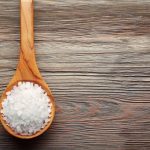
Put down the saltshaker — especially if you’re at risk of type 2 diabetes. While the condition brings to mind the need to avoid sugar, a new study links it to frequent salt consumption. “We already know that limiting salt can reduce the risk of cardiovascular diseases and hypertension, but this study shows for the first time that taking the saltshaker off the table can help prevent type 2 diabetes as well,” said lead study author Dr. Lu Qi. He is chair and professor at the Tulane University School of Public Health and Tropical Medicine in New Orleans. “It’s not a difficult change to make, but it could have a tremendous impact on your health,” Qi said in a university news release. To better understand the link, the researchers surveyed more than 400,000 adults registered in the UK Biobank about their salt intake. Over almost 12 years on average, the research team saw more than 13,000 cases of type 2 diabetes develop. Compared to those who “never” or “rarely” used salt, participants who “sometimes,” “usually” or “always” added salt had a respective 13%, 20% and 39% higher risk of developing type 2 diabetes, according to the study. Why high salt intake would have this impact is not fully understood. Qi thinks salt encourages people to eat larger portions, which then increases the chances of developing… read on > read on >










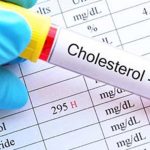
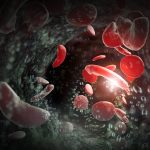

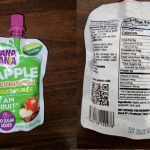

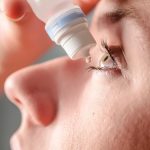


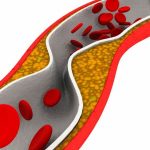










-300x200.jpg)







-300x169.jpg)
